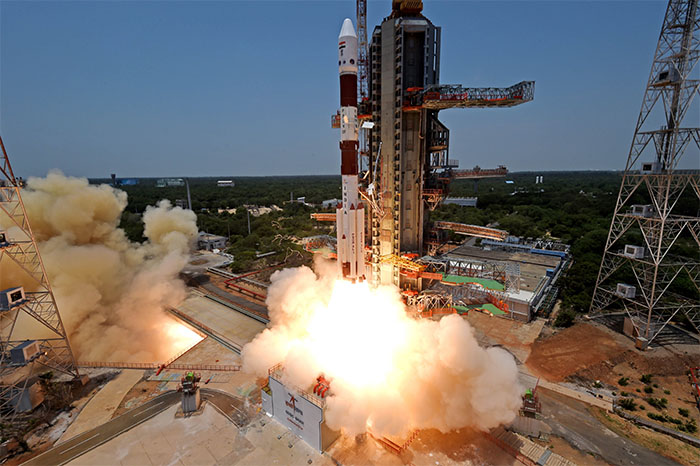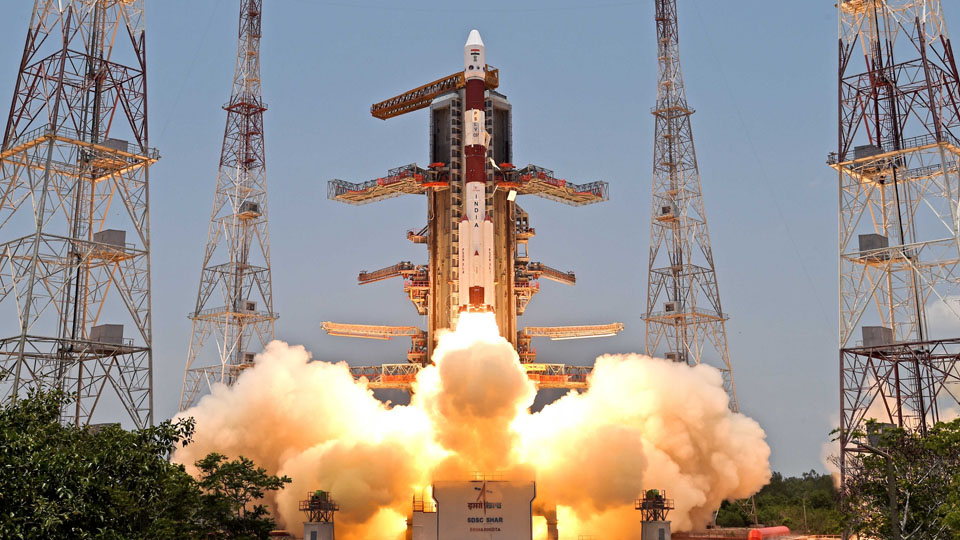Spacecraft to cover over 1.5 million kms in 4 months to reach a unique parking spot in space to study the sun
Bengaluru: Nine days after India’s successful moon landing with Chandrayaan-3, India’s maiden space-based solar observation mission, Aditya L1, weighing 1,475 kg, was launched aboard the PSLV rocket from the Satish Dhawan Space Centre in Sriharikota at 11.50 am today.
The launch was met with jubilant cheers from scientists gathered at the Mission Control Room in Sriharikota. The mission is reported to have a budget of Rs. 420 crore. The Indian Space Research Organisation’s (ISRO) inaugural solar probe aims to study solar winds, which can cause disturbances on Earth, commonly observed as auroras.
This solar mission follows India’s achievement last month, surpassing Russia to become the first country to land on the moon’s south pole. While Russia possessed a more powerful rocket, India’s Chandrayaan-3 displayed remarkable endurance, executing a flawless landing.
The Aditya-L1 spacecraft is designed to cover approximately 1.5 million km (930,000 miles) over four months to reach a unique parking spot in space where objects tend to remain stable due to balancing gravitational forces, thus reducing fuel consumption for the spacecraft.

Initially, the spacecraft will be placed in a low Earth orbit, which will then be made elliptical to propel Aditya L1 toward Lagrange point L1 using onboard propulsion. As the spacecraft journeys towards L1, it will exit Earth’s gravitational Sphere of Influence (SOI), and if all goes as planned, it will be positioned in a halo orbit around Lagrange point 1 (L1) of the Sun-Earth system within 125 days.
The L1 point is situated approximately 1.5 million km from Earth, merely 1 percent of the 150 million km distance between the two. The distance to be travelled by Aditya L1 is four times greater than that covered by Chandrayaan-3, which landed on the Moon on Aug. 23 and has been delivering significant findings.
Reaching the L1 point will provide India with a significant advantage for continuous observation of solar activities. All measurements will be conducted from Lagrange point L1, while L5 serves as an excellent vantage point for studying Earth-directed CME (Coronal Mass Ejections) pre-flare and flare activities, and their characteristics, dynamics of space weather, study of the propagation of particles, fields in the interplanetary medium, etc., as noted by scientists.
Out of the seven payloads, all of which have been indigenously developed by ISRO and other organisations, four will directly observe and study the Sun, while the remaining three will conduct in-situ studies of particles and fields around the L1 point.
A satellite placed in the halo orbit around L1 point has the major advantage of continuously viewing the Sun without any occultation/eclipse. This will provide a greater advantage of observing the solar activities continuously.








Recent Comments